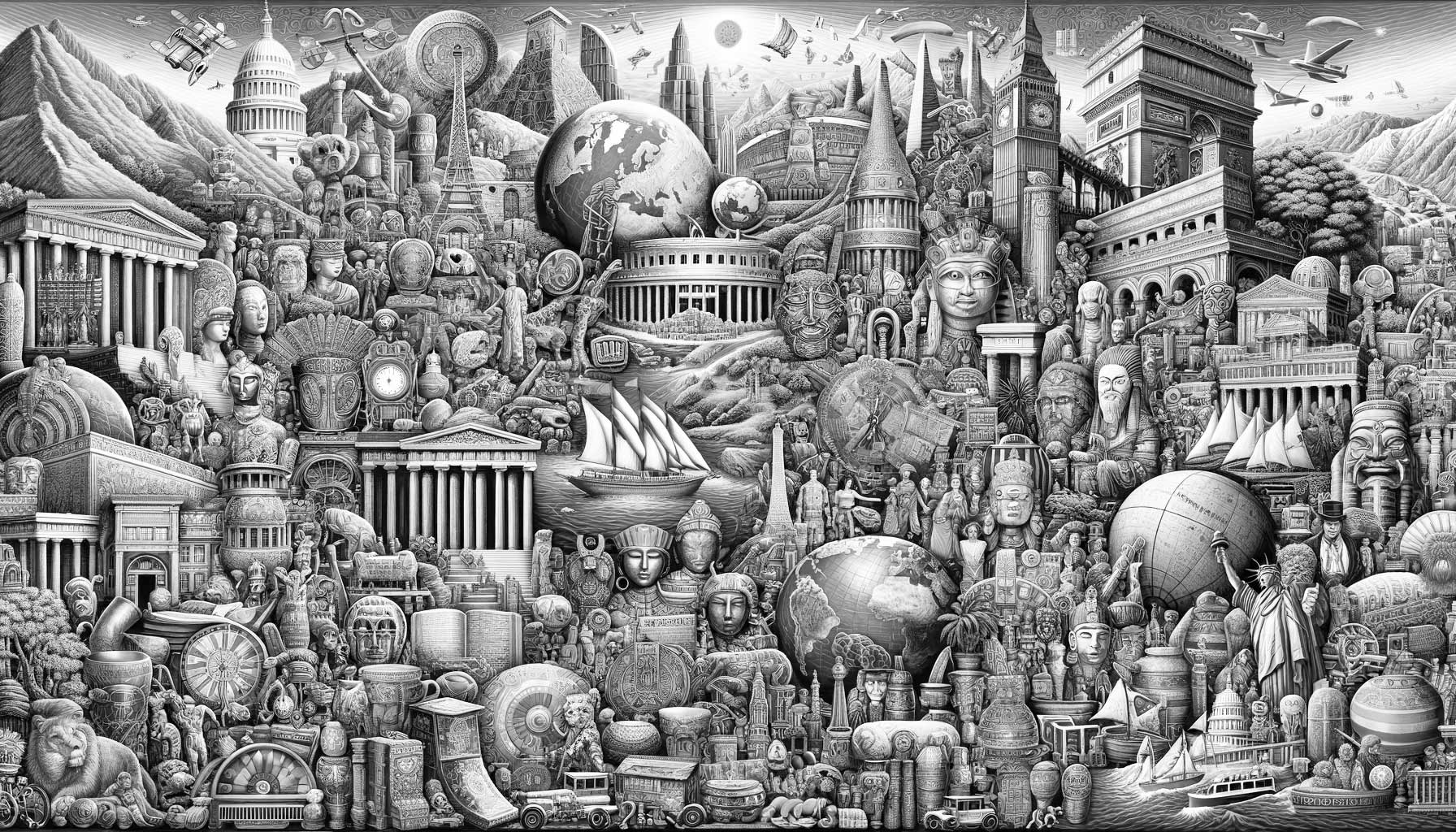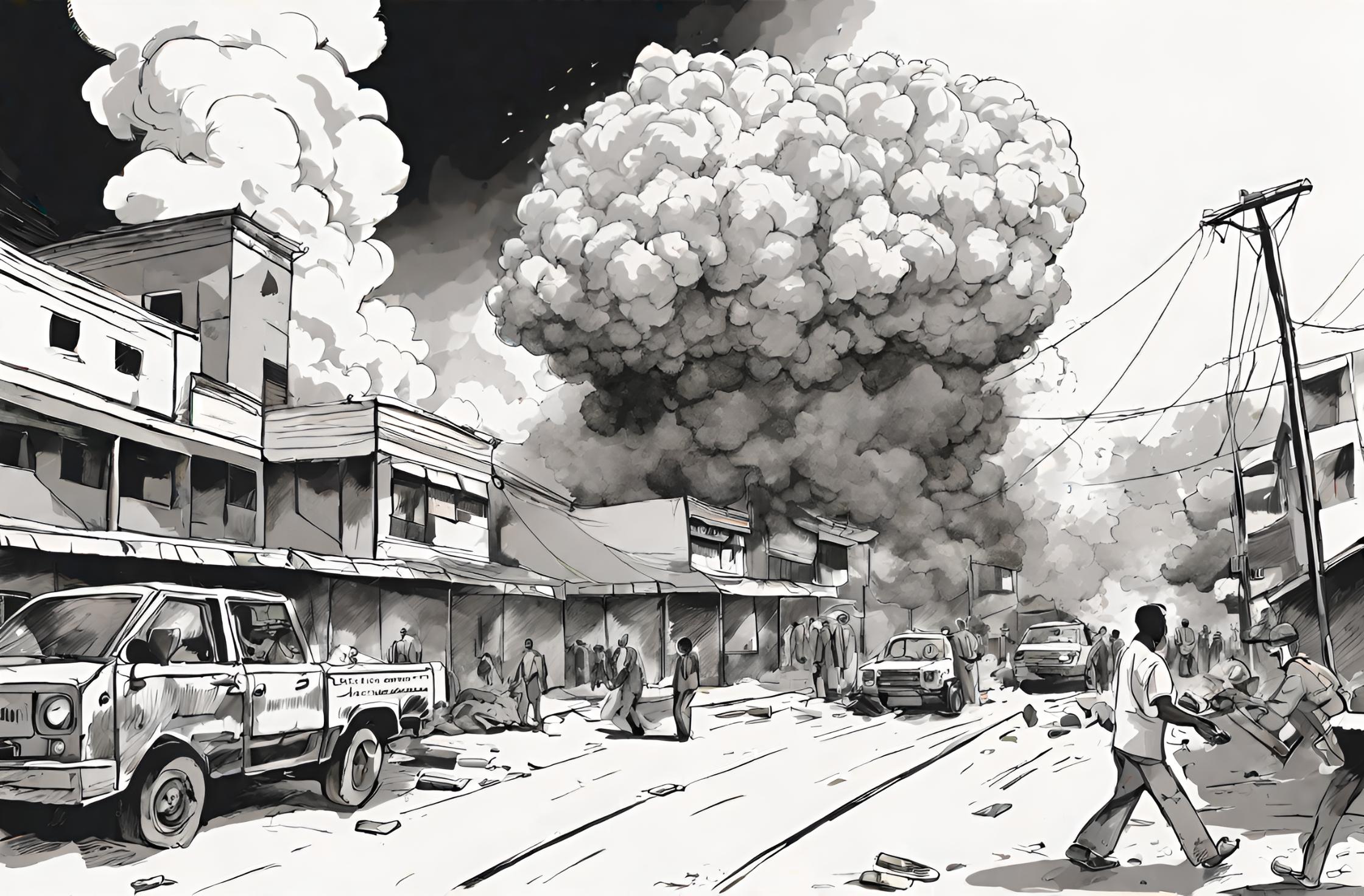Flashback to July 11
World History

In one of history’s most momentous ceremonies, witnessed live by millions around the globe, Crown Prince Akihito was formally installed as Emperor Akihito of Japan on 11/12/1990, marking his ascension to the Chrysanthemum Throne as the 125th Japanese monarch. The epoch-making event held the world in thrall, signaling a historic shift in Japan’s imperial lineage that stretched back over 2600 years.
The solemn ritual, steeped in ancient tradition, began as Emperor Akihito, clad in a ceremonial robe of traditional design, commenced his official ascension before an international audience that included representatives from over 150 countries. The ceremony showcased Japan’s enduring adherence to its cultural roots, even as it stood on the brink of a new era, aptly named Heisei, meaning “achieving peace”.
The ascension of Emperor Akihito marked a number of notable transitions for Japan. First, it signaled a new era following the Showa period immediately after the death of his father, Emperor Hirohito, in 1989. Furthermore, it introduced a figurehead who carried forward an engaging message of peace and empathy, reshaping the largely ceremonial role of the emperor into one that could resonate with the hearts of the Japanese populace and the international community.
Emperor Akihito was not merely an emblem of continuity within the world’s oldest hereditary monarchy. He was a transformative figure, guiding Japan through a modern era marked by rapid technological advancements, economic fluctuations, and the steady evolution of societal norms. Amid these shifting landscapes, however, the emperor remained a constant symbol of unity and stability, bringing a sense of balance to Japan’s teetering dynamics.
The iconic moment instilled a profound impact at both national and global levels. Domestically, the Japanese population greeted the start of the Heisei era with a mixture of hope, excitement, and a touch of uncertainty. For many in Japan, the ascension represented a departure from the past and an embrace of new possibilities – a step towards a peaceful, prosperous future that would be further shaped under Emperor Akihito’s reign.
Internationally, the imperial transition cemented Japan’s position as a key player on the global stage. as it was still in the process of rebuilding its international reputation after World War II. This milestone event served as a powerful demonstration of Japan’s resilience and ability to adapt, garnering worldwide respect.
The investiture of the Crown Prince as Emperor Akihito, the 125th Japanese monarch, also rekindled global fascination with Japan’s rich heritage. People from all corners of the globe followed the historic event with eager anticipation, captivated by the intricate rituals dating back centuries.
The transition of Emperor Akihito ushered in a new chapter for Japan, preserving the continuity of its royal tradition while also redefining the role of the Japanese monarchy in the contemporary era. It served as a testament to the nation’s ability to harmonize antiquity with modernity on a global stage, fueling curiosity and respect for its rich cultural heritage.
Throughout his reign from this pivotal moment, Emperor Akihito’s dedication to peace and understanding gained admiration from all over the world. His genuine humility and empathy made him a beloved figure in the hearts of his countrymen, and his peaceful reign promised a period of continued transformation for Japan, creating an indelible impact that was symbolized with his historical ascension on November 12, 1990.
We strive for accuracy. If you see something that doesn't look right, click here to contact us!
Sponsored Content

Two bombs explode in…
On 7/11/2010, two bombs…

Charles IV of Luxembourg…
On 7/11/1346, Charles IV…

The space station Skylab…
"The historic event of…

Prussia army moves into…
On 7/11/1792, the Prussia…

Giuseppe Arcimboldo first surrealist…
Giuseppe Arcimboldo, the pioneering…

Chinese archeologists discover a…
Chinese archeologists made a…

